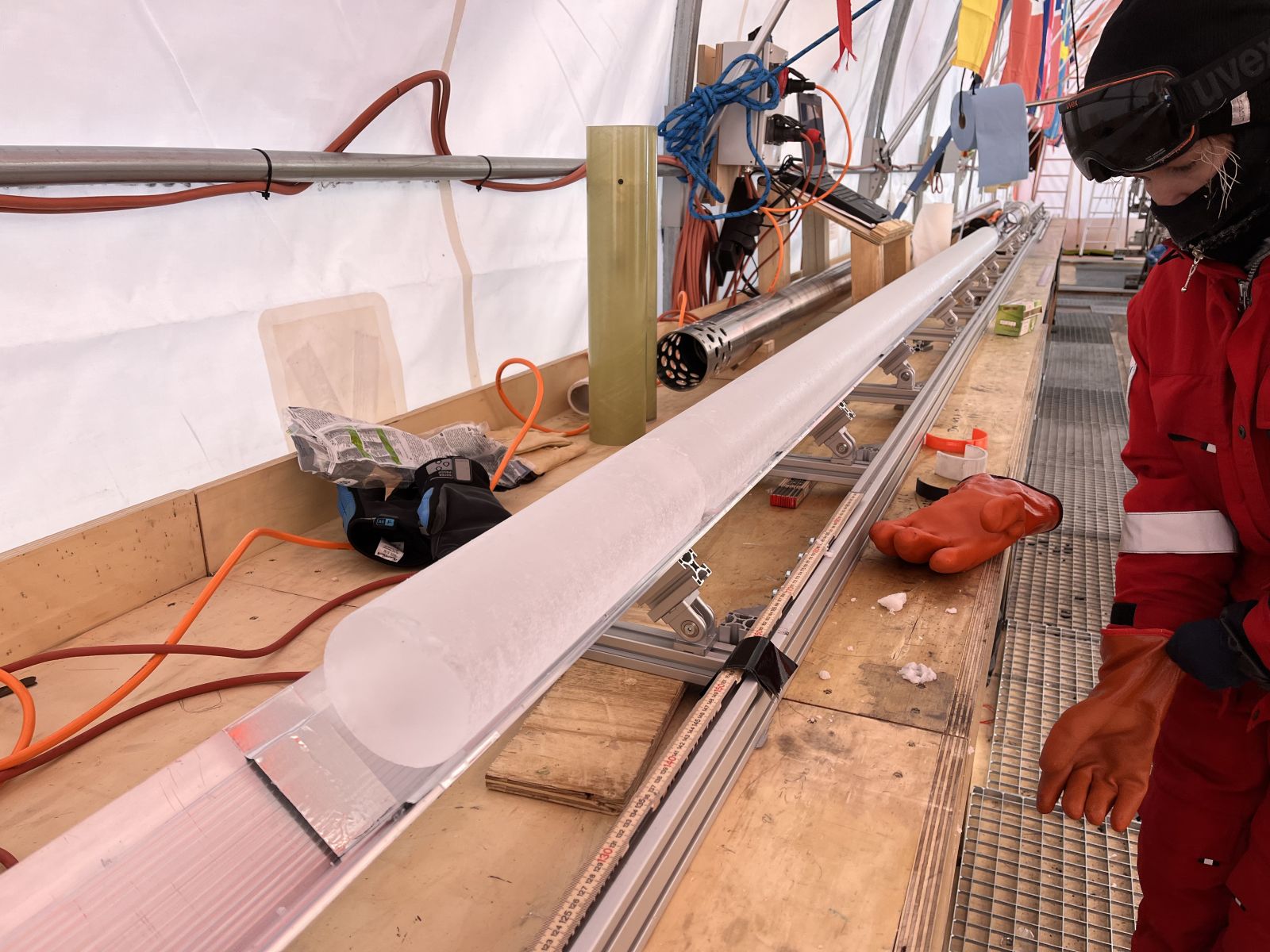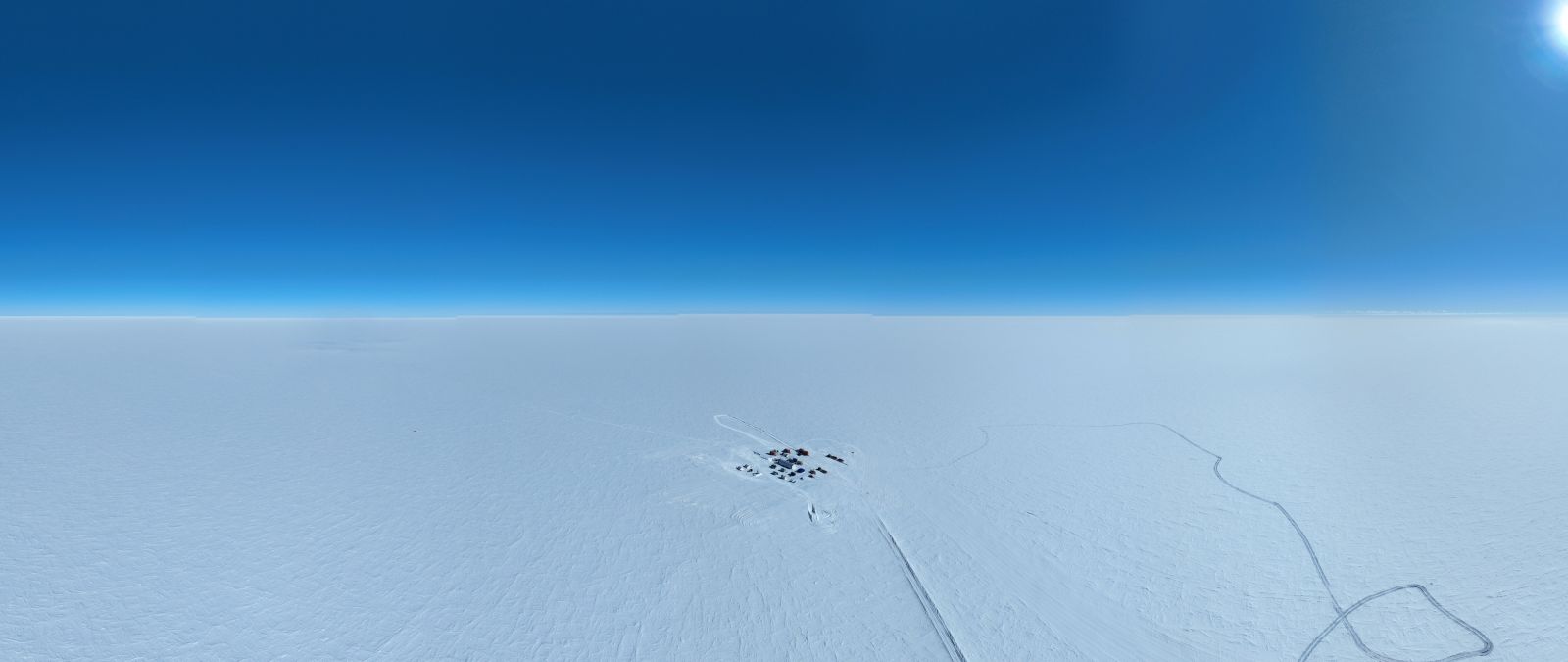A 2.8 km (1.7 miles) drill in Antarctica reveals 1.2 million years of climate secrets ❄️
Published by Cédric,
Article author: Cédric DEPOND
Source: University of Bern
Other Languages: FR, DE, ES, PT
Article author: Cédric DEPOND
Source: University of Bern
Other Languages: FR, DE, ES, PT
Follow us on Google News (click on ☆)

After four years of effort, researchers from the Beyond EPICA project reached the bedrock beneath the ice sheet at a depth of 2.8 kilometers (1.7 miles). The extracted ice core contains climate information dating back 1.2 million years, offering a unique glimpse into glacial cycles and atmospheric variations.
An exceptional climate archive
Antarctic ice acts as a time capsule, trapping air bubbles and dust particles that reveal the composition of past atmospheres. Each layer of ice corresponds to a specific era, allowing scientists to reconstruct Earth's climate history.
Preliminary analyses show that the first 2,480 meters (8,136 feet) of the core contain a continuous and detailed climate record. This discovery is crucial for understanding the mechanisms that influenced glacial cycles over the past million years.
Drilling under extreme conditions
The drilling site, located at Little Dome C, is one of the most isolated and inhospitable places on the planet. Average temperatures hover around -35 °C (-31 °F), and researchers had to overcome immense logistical challenges to complete their mission.

The team used cutting-edge technology to identify the ideal site. Drilling took place over four summer seasons, with extreme precautions taken to preserve the integrity of the samples.
The mysteries of the Middle Pleistocene
One of the main goals of this project is to shed light on the Middle Pleistocene Transition, a period marked by a slowdown in glacial cycles. Approximately 900,000 to 1.2 million years ago, the duration of these cycles shifted from 41,000 to 100,000 years, with no clear explanation.
Scientists hope that analyzing greenhouse gases trapped in the ice will provide answers. These data could also help better understand the impact of human activities on the current climate.
A scientific treasure en route to Europe
The ice samples were transported to Europe in specially designed refrigerated containers. They will be analyzed by specialized laboratories, including the University of Bern, which has recognized expertise in ice core studies.

These analyses will reconstruct variations in ocean temperatures, greenhouse gases, and aerosols over more than a million years. The results could challenge our understanding of past and future climate changes.
An exemplary international collaboration
The Beyond EPICA project brings together researchers from ten European countries, supported by the European Commission. This collaboration highlights the importance of international science in addressing climate challenges.
The data from this ice core will be shared with the global scientific community, contributing to enriching climate models and refining predictions for the coming decades.